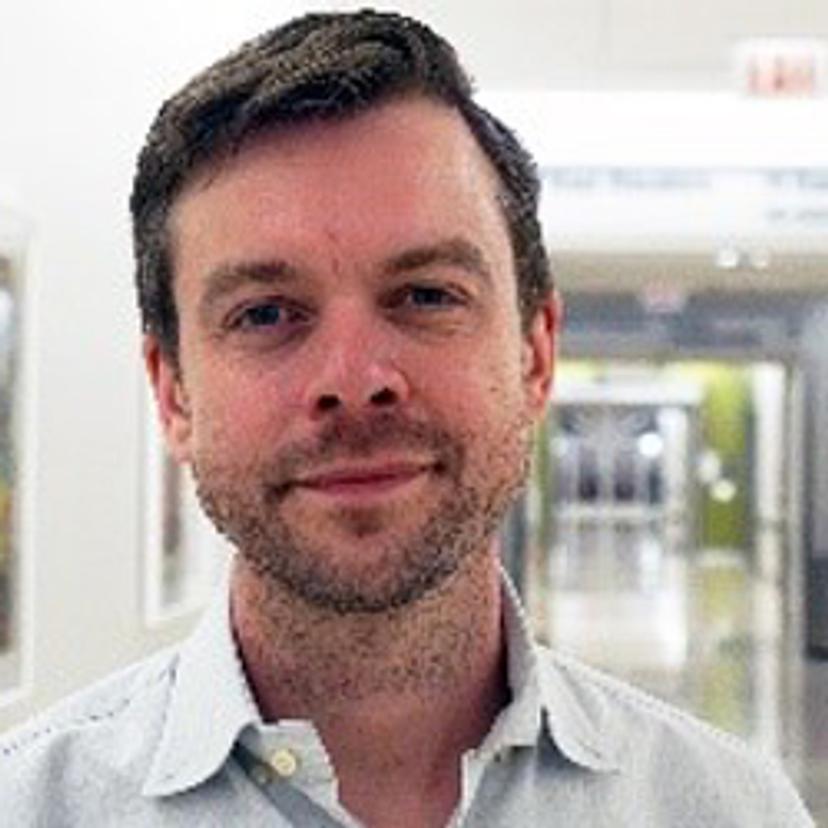The Burglary Microbiome Project: Detecting Personal Microbiome Signatures at Artificial Crime Scenes
Professor Jack Gilbert, Director of the Microbiome Center at the University of Chicago, explores the value of exploiting personal microbiomes to solve crime
1 Feb 2018
Professor Jack Gilbert and his team at the University of Chicago’s Microbiome Center conduct pioneering microbiome research across a variety of cultural, environmental and biological systems; from the human body, to the bottom of the ocean, to microbial communities in space. In this exclusive interview Gilbert, a professor of surgery and director of the multi-disciplinary Microbiome Center, as well as group leader in microbial ecology at the Argonne National Laboratory, gives SelectScience® a unique insight into the center's work for the National Institute of Justice.

Quality of Evidence
The team’s research involves profiling individuals based on their unique ‘microbial fingerprint’ and has the potential to revolutionize the quality of evidence provided in criminal investigations. Gilbert explains that “there are approximately 10,000 strains of bacteria present in every individual, and the species composition that you acquire from your mother, and in the first six months of life, remains mostly stable. However, the relative proportions of species and strains are in a constant dynamic based on your experiences, like any ecosystem." Jack’s group is employing a number of molecular sequencing techniques, such as amplicon sequencing and shotgun metagenomic sequencing, to identify specific microbial species. Based on this information, any individual’s microbiota can be profiled and used as a potential identification tool.
Research Techniques
Amplicon sequencing involves deep sequencing of polymerase chain reaction (PCR) products, where the amplified genes of interest can either be unique to one microbial domain or ubiquitously expressed by bacteria, archaea, and eukaryotes. “18S ribosomal RNA is exclusively eukaryotic, whilst the 16S and 5S ribosomal gene spacer can be used to identify fungal taxa”.
There are approximately 10,000 strains of bacteria present in every individual.
During shotgun metagenomic sequencing, environmental samples are sequenced, and the genomic information assembled. From this data, transcriptomics enables the team to identify the genes transcribed into RNA, and metabolomics to catalogue the genes involved in anabolic and catabolic functional processes that differentiate microbial strains. Complex proteomic techniques also enable the team to characterize the structures and folds of proteins of interest.
The team are passionate about contextualizing their research with like-minded scientists at the upcoming Pittcon conference and expo in Florida, in a multi-disciplinary scientific environment. “It’s nice to get a perspective from people who are outside of your field, and to broaden your horizons”. Jack Gilbert will present his team's research efforts in a session titled ‘The Burglary Microbiome Project’.
Check out our Pittcon feature for all the latest show news from Orlando >>
The Future of Microbial Fingerprinting and Microbiome Research
At this stage of the study, the results collated suggest that microbiome data is a robust profiling tool, however Gilbert stresses that many more thousands of individuals need to be profiled before this technology can be confidently used in forensic science, and the data extrapolated to the entire population. “We are at the start of a voyage and there could be something coming out of it in the next ten years”.
Jack also emphasizes that “no crime should ever rely on a singular piece of evidence”. Hence, this new technology would be used to strengthen and supplement a body of forensic data and investigative material collected at any crime scene, as "one tool within a forensic scientist's toolbox"
One tool within a forensic scientist's toolbox.
In line with SelectScience’s 20th anniversary, and our Future of Science special feature, we ask Gilbert to predict what might emerge in the field of microbiomeresearch over the next two decades. He tells us: “The bacteria inside our body creates an environment that interacts with any drug or clinical intervention, and every drug has responders as well as non-responders. Fascinatingly, a lot of the patients that don’t respond have different microbial compositions to those that do. Over the next 20 years, hopefully we can understand and weaponize those physical interactions to improve patient outcome in the future”.
